Packing a well-outfitted bug-out bag is no easy task. You’re working with limited space, and you want to ensure all your bases are covered. Every item you stash in that bag should have maximum impact on your survival ability, and there’s zero wiggle room for wasted space.
Having said that, there will always be a handful of items every bug-out bag should have. Some are cheap, and some are expensive. Others still are really cheap, and there’s no excuse for you not to have them.
These <$5 bug-out bag essentials should be the first things you put in your bag. Take a look and pick up any of these items you haven’t already.
Off the Grid News has the list:
Whoever said survival and preparedness is expensive probably shopped in the wrong place. Yes, reality TV shows would have you believe that bunkers and five-year food stockpiles are what it is all about … but that’s just not the case.
In fact, if you’re a complete newbie and you have $25 bucks to spend on preps, then you’re well on your way to getting ready for a variety of survival scenarios. How? By getting a few basic, multi-purpose items, each under $5.
These items are not cheap versions of quality items. When it comes to survival gear, you usually get what you pay for. These items are well worth the 5 bucks you’ll spend on them.
1. A small, reinforced tarp
OK, if you want a bigger one, it would cost you more, but it would also weigh you down. Small ones are good for bug-out bag, while large ones are good for INCH (I’m never coming home) bags or for car bug-out bags. Tarps have a variety of uses, including:
- as part of a shelter, with the tarp being the roof (just keep in mind this won’t protect you from damp soil, strong wind and cold temperatures).
- to form a makeshift stretcher (you’re also going to need a couple of PVC pipes or a couple of strong branches).
- as a blanket to keep your warm (although you may want to get a wool blanket for this specific purpose).
- twist it and use it as a makeshift tow strap to pull someone or something.
- to harvest rainwater in case of emergency.
- to provide shade over your campsite from the sun.
- as ground insulation.
2. A bandana
Bandanas are one of those things that don’t appear to have any survival uses. However, nothing can be further can the truth. Bandannas have dozens of uses but the ones most relevant to survival are:
- as a dog collar.
- as a makeshift pillow (fill it with leaves).
- to protect your head from the sun (during a bug out or when you’re working the garden).
- to filter water (or snow, provided you attempt to melt it first as recommended).
3. Band-Aids
For a few bucks you can get dozens of assorted bandages for a variety of wounds. They come in various shapes and sizes, including:
- H bandages.
- triangular bandages.
- knuckle bandages (in case you hurt your fingers or thumbs).
- butterfly bandages.
Of course, to truly be prepared for medical emergencies you’ll need not only a serious survival kit but also the knowledge. A first-aid course is the best place to start.
To keep them waterproof, put them all in a Ziploc bag. One other thing you can do is split them. So, instead of keeping all of them inside your bug-out bag, you can keep a few there, a few inside your car’s trunk and even a few inside your laptop bag or your purse to have with you at all times.
4. A small, hand-crank flashlight
Yes, you can find them for under $5 on Amazon. The good thing about them is that they don’t require batteries, so you just press a handle for a few minutes to get 30 minutes of light. This way, you don’t have to worry about having spare batteries or that those batteries will die. Unless there’s an EMP, you’ll always be able to use this little device to light your way.
5. Duct tape
Although some say they haven’t used it once while hiking, let’s not forget that bugging out and prepping present a whole different set of challenges. Duct tapehas numerous uses, such as:
- tying a robber or intruder up.
- covering holes in your shoes (crucial during a prolonged bug-out on foot) or even your water bottle.
- splinting a broken pole.
- and even as part of a makeshift bandage (provided you have some cotton gauze).
Do you have any sub-$5 items you think should be on this list?
Tell us in the comments!







![Are Compensators Worth It? [Video]](https://preparedgunowners.com/wp-content/uploads/2025/07/Depositphotos_815431992_S-218x150.jpg)


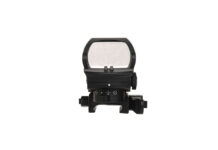


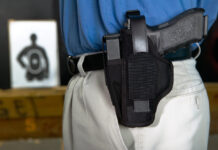


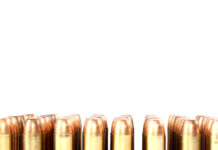
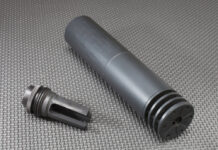
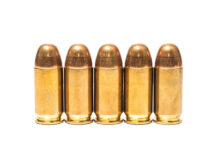






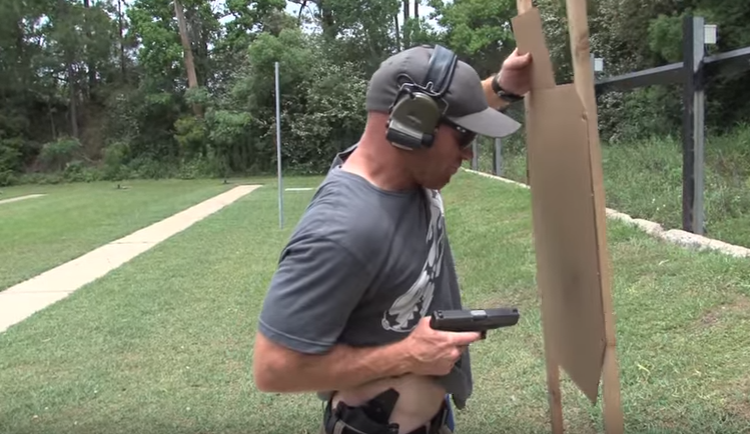





![Optic Ready vs Milled slides? [Video]](https://preparedgunowners.com/wp-content/uploads/2024/02/image-3-100x70.png)
![[Checklist] What Gear You Need To Take Pistol, Rifle & Shotgun Training Courses [Video]](https://preparedgunowners.com/wp-content/uploads/2023/07/Depositphotos_275087632_L-100x70.jpg)
![What is in Carter’s 2023 EDC? [Video]](https://preparedgunowners.com/wp-content/uploads/2023/07/Depositphotos_146856137_L-100x70.jpg)
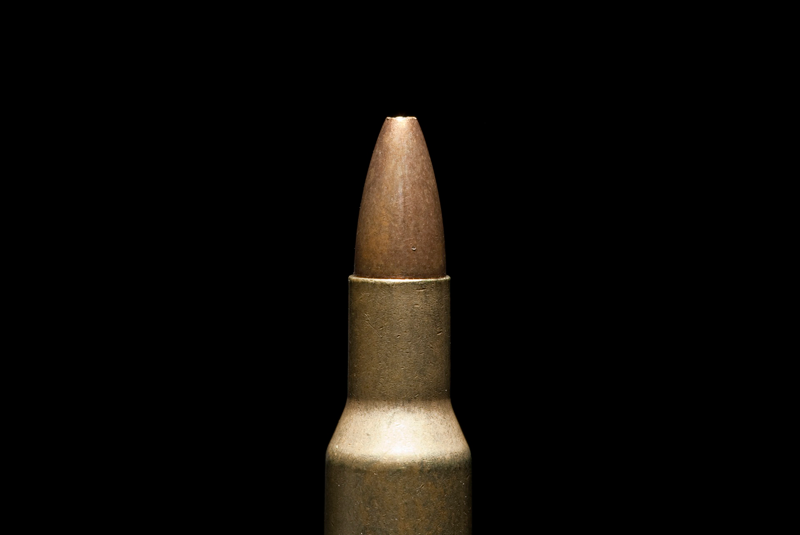
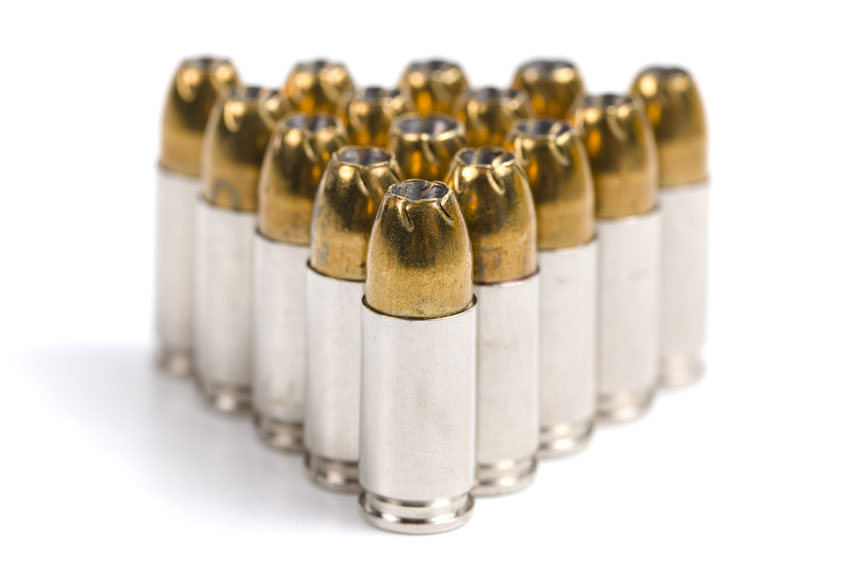

Plenty of waterproof matches in a waterproof container. It amazes me how many people cannot start a fire if it is the least bit windy and/or wet. Be sure to include plenty of tinder and dry pitch-wood sticks. Gather plenty of firewood (even if wet) BEFORE starting your fire. You can live for several days without food and water but in sub-freezing temperatures you won’t live until morning without a good fire and LOTS of firewood.
Comments are closed.